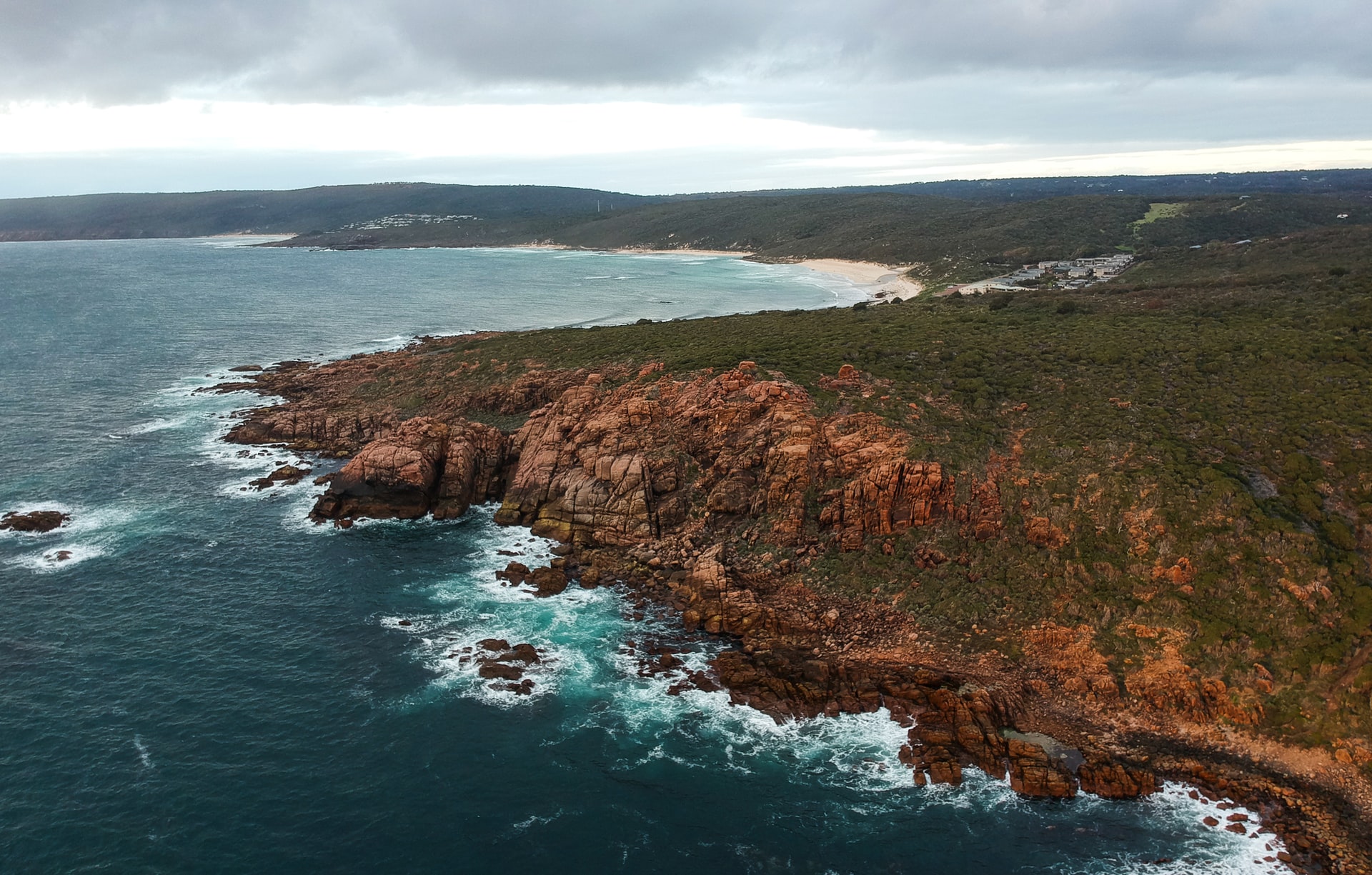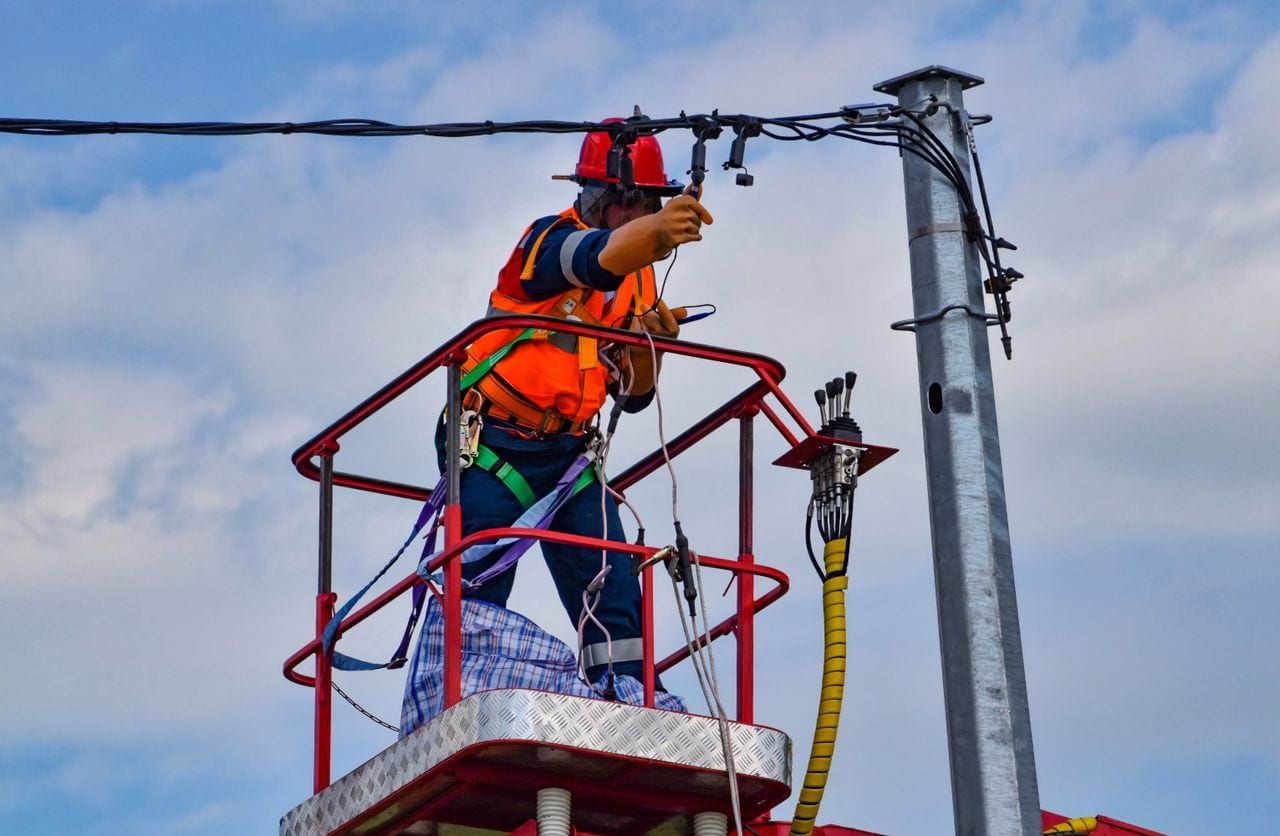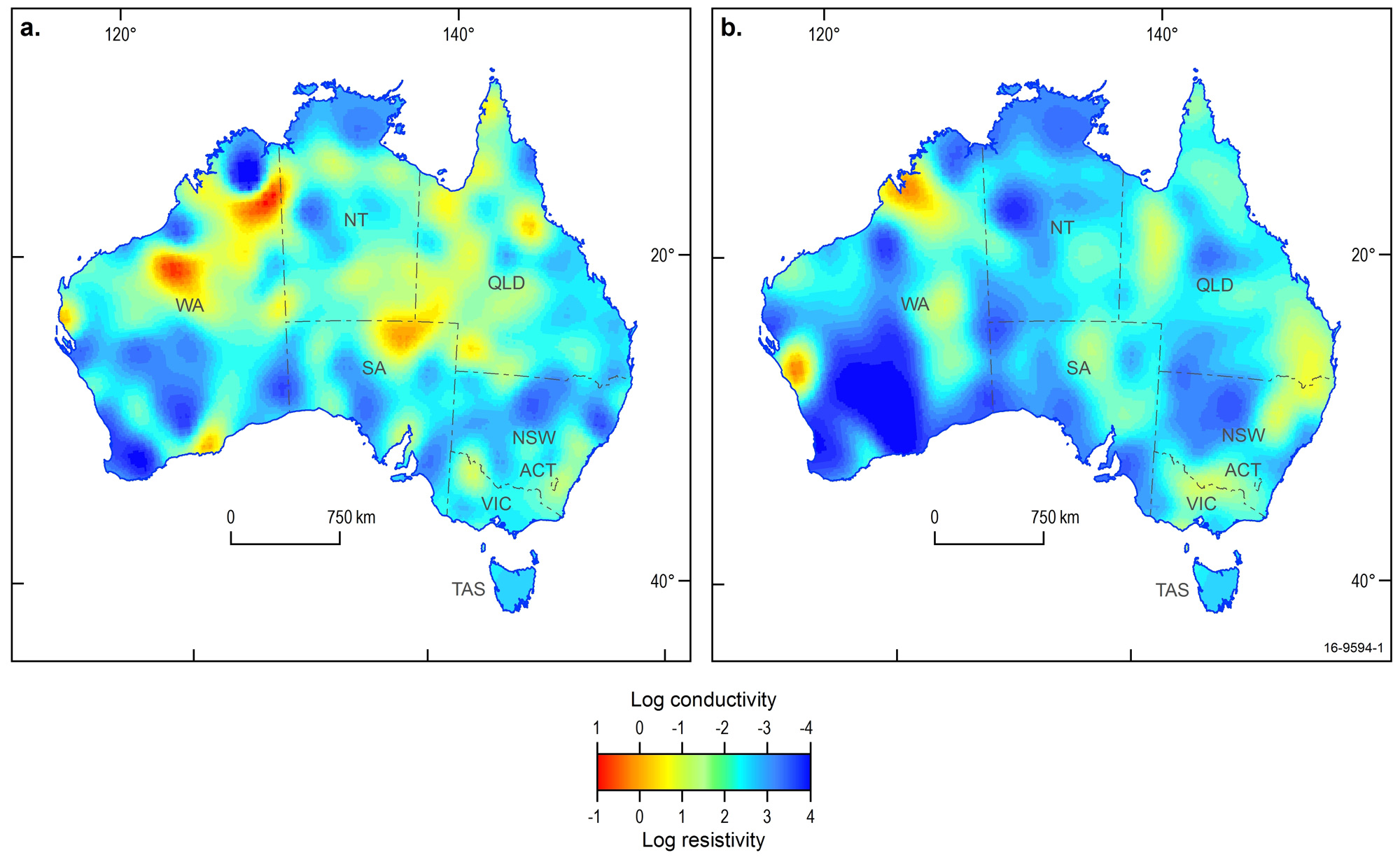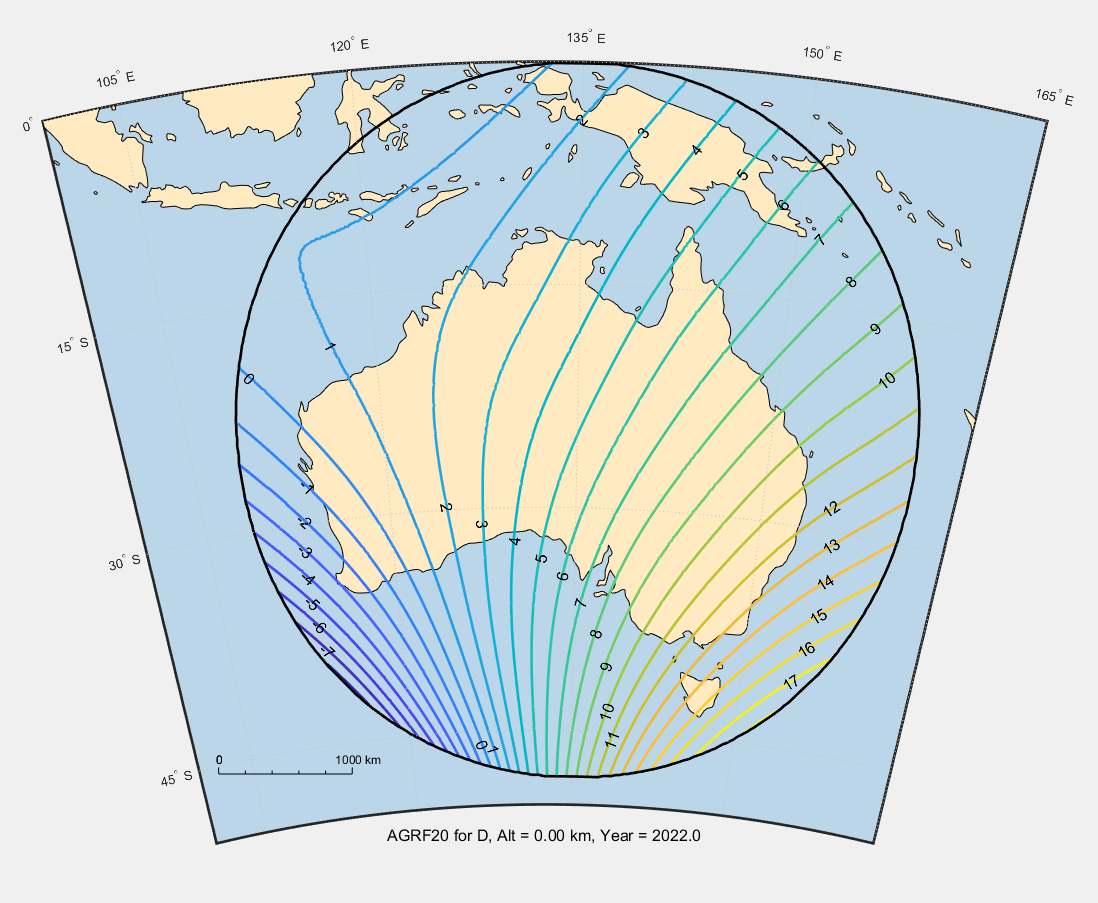Case study Analysing historic geomagnetic data to identify space weather hazards
How historic data recorded by Geoscience Australia’s geomagnetic observatories is influencing Australian electricity infrastructure decision making.
Page last updated:15 September 2021

The problem
Mitigating against power outages caused by space weather
Geomagnetic storms are caused by interactions between the solar wind and electric currents in the Earth’s magnetosphere and ionosphere. Geomagnetically induced currents (GICs) are the electrical currents induced in long conductors during each geomagnetic storm. These currents can feed into power lines, causing instabilities and blackouts in electricity transmission systems.
When a solar flare is directed towards Earth, the electromagnetic radiation, travelling at the speed of light, arrives in a little over eight minutes, synchronized with the visual observation of the event. Much of the energy of this radiation is absorbed in the ionosphere, spontaneously increasing the ionisation density there and signifying the beginning of a magnetic storm. A small indicator of this type of event is a solar flare effect, immediately detectable during daylight by magnetic observatories.
The particle radiation from a solar flare, travelling at speeds of approximately 1000km per second, takes a day or two to reach Earth. Upon arrival it becomes compressed and generates a shockwave in Earth's magnetic field which is recorded by magnetic observatories around the globe. A sudden step in the magnetic field is observed, followed by large excursions in the field's intensity and orientation. Such magnetic storms can last from a few hours to several days.
The impacts of extreme geomagnetic storms on society are increasingly concerning, particularly given our dependence on infrastructure, electric power and telecommunications equipment. Power outages to homes, business, financial and industrial centres cause major disruption and potentially billions of dollars of economic losses.
The most intense GIC event on recent record – the 1989 Québec storm – occurred 13-14 March 1989. It tripped circuit breakers in Hydro-Québec’s electricity transmission system and left the entire province of Québec in Canada without power for about nine hours. The blackout affected power systems in the United Kingdom, United States and Sweden, and transmission lines in Queensland also appeared to experience operational problems caused by the storm.
Australia has historically been considered low risk for extreme geomagnetic storms and GICs, due to our continent’s low-to-mid latitude location. In recent times though, the interconnectedness of power grids across state borders, forming the National Electricity Market (NEM) system, has seen Australia increasingly vulnerable to GICs due to the long transmission lines necessary. The NEM stretches over 5,000 kilometres across Queensland, New South Wales, Victoria, Tasmania and South Australia and delivers around 80% of all electricity consumed in Australia.
The solution
Analysing geomagnetic observatory data
Geoscience Australia operates Australia’s Geomagnetic Observatory Network – a group of geomagnetic observatories across Australia and the Australian Antarctic Territory. The network has:
- monitored the Earth’s magnetic field – over an area covering one-eighth of the planet – for over 180 years. This has provided exceptional data, allowing for invaluable scientific research
- Enabled analysis of specific space weather hazard events across three decades to develop a statistical model of geomagnetic storm activity in Australia
- allowed development of modelling that shows electric fields in Australia caused by the intense 1989 Québec magnetic storm
- allowed for modelling to predict the intensity of geomagnetically induced currents in Australia’s power grids
- been combined with magnetotelluric data from the Australian Lithospheric Architecture Magnetotelluric Project (AusLAMP) to develop national strategies and risk assessments to assist in mitigating space weather hazard.
Geoscience Australia works with state and local governments and the emergency management industry sector across Australia to develop local hazard assessments. For more information, contact hazards@ga.gov.au
How we got there
Analysing historic space weather data for regional hazard risk identification
Geoscience Australia undertook a scenario analysis, using data provided by the network, to estimate extreme geoelectric field values for South Australia, Victoria and New South Wales induced by the 1989 Québec storm.
Comparing and contrasting the 1989 Québec storm data recorded at both the Canberra and Macquarie Island geomagnetic observatories, we concluded that the intensity of geomagnetically induced currents is closely associated with geological structure. The research found that ground electric fields in electrically resistive rocks were more intense than those in conductive basins.
Regions with more complicated geological structures were identified as having greater space weather hazard because of localised enhancements of the geoelectric field, such as electrically resistive rocks near coastlines adjacent to deep and highly conductive oceans.
This research has allowed us to identify regions of Australia that may be more vulnerable to GICs, contributing to space weather hazard mitigation planning across Australia.
The 3-D electrical conductivity model of the Australian region with conductivity images at depths of a. 25 km and b. 170 km
Looking forward
Supporting Australian infrastructure development with scientific hazard research
- Geoscience Australia will undertake future work to estimate the ground electric field along the transmission line paths of the National Electricity Market system. This research will attempt to identify NEM transmission lines that are more vulnerable to GICs, contributing to the planning and design of a more resilient power transmission system across Australia.
- Geoscience Australia will set up a pilot geoelectric observatory to compare the modelled electric field against measured field values to validate GIC models.
- We continue to collaborate with Australian and international science organisations to undertake long-term research that supports reducing risk to natural hazards.
- Our science, data and tools reflect the latest advancements in science, technology and best practice. We’re working towards the inclusion of multi-hazard assessments so we can ensure Australian communities are as safe as possible from the consequences of natural hazard events.
Coastal regions like the Margaret River region in Western Australia, where electrically resistive rocks are immediately adjacent to the highly conductive deep Indian Ocean, have been identified as having higher than average geomagnetic hazards
How we can help you
Contact us to gain a better understanding of the geomagnetic hazard risk in your state, region or sector so you can develop targeted and effective risk mitigation and risk reduction strategies.
Our space weather resources can help identify your region’s high-threat areas so you can make better-informed natural hazard decisions.
Email hazards@ga.gov.au










